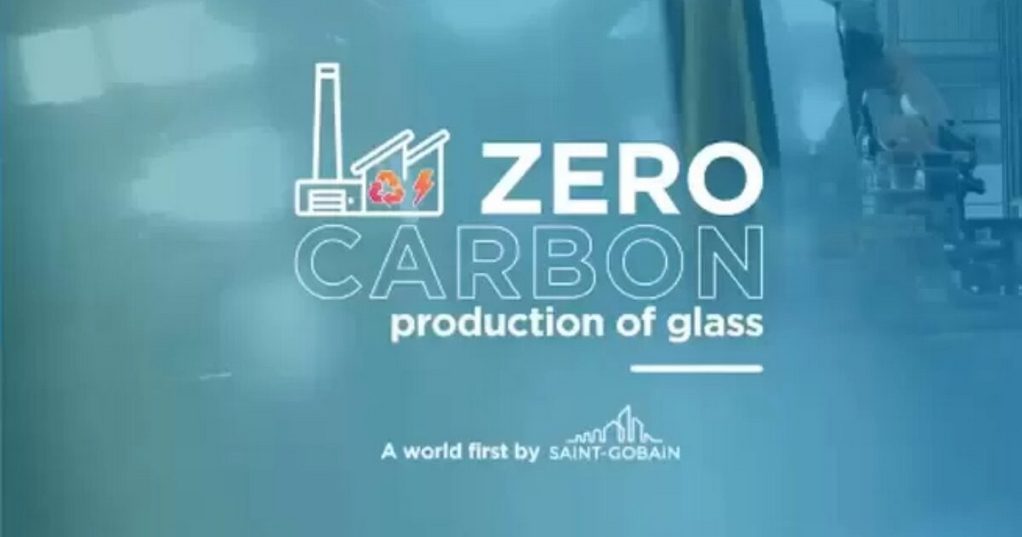Saint-Gobain, which has been in India for a quarter century, is now anticipating more pep in its sales from India. It is ratcheting up its capacity and making its manufacturing process low-carbon. A billion dollars – roughly two-thirds of its turnover in 2022 – is going into this investment plan for the period 2021 to 2025. The company is attacking carbon on two fronts — one, making the manufacturing process less carbon emitting and two, bringing down the embedded carbon in its products.
Making glass starts with melting sand (or recycled broken glass called ‘cullets’) and letting the transparent liquid float on a flat surface to slowly solidify into glass. Even if one tiny air bubble creeps in, the entire sheet has to be thrown back into the furnace. Melting it again means furnaces that guzzle a lot of energy to generate the required 1,600oC degrees of heat.
Saint-Gobain and Japanese firm Asahi Glass are on to a joint R&D programme to develop a 100 per cent electricity-fired furnace for making glass. To slash the embedded carbon in its material, a few tricks are being tried out. For instance, instead of calcium carbonate, the company is switching to wollastonite. Wollastonite is a compound of calcium, silicon and oxygen — no carbon. It has a 3 per cent lesser carbon footprint compared with calcium carbonate, and takes 2 per cent less energy to melt it.
Alongside, Saint-Gobain is bringing in recycled materials instead of virgin. The company is working with a Chennai-based start-up, which processes demolition waste to make fresh construction material.
Saint-Gobain, which is also in insulation materials, is keen on start-ups. It has taken equity positions in a number of them. Recently, the company concluded the takeover of Twiga, an Uttar Pradesh-based company that makes glass wool, under a Saint-Gobain license. This was a big acquisition, worth ₹400 crore. In December 2021, it completed a ₹150-crore acquisition of Rockwool India, another Saint-Gobain licensee, which makes stone wool, used in thermal, acoustic and fire safety applications.
Saint-Gobain is present in 76 countries. Each year, the HQ gives a sole sustainability award to one of the 76 units. Last year, it was won by Saint-Gobain India. Clearly, the Indian operations is looking through the right glass.
Tags: Asahi Glass, India, LowCarbon, Saint-Gobain



Recent Posts
Wärtsilä to Power USA’s First All-Electric High-Speed Ferries in San Francisco Bay
ABS and Pusan National University Chart a Course for Liquid Hydrogen Shipping
RIC Energy and Siemens Partner to Advance Green Hydrogen and E-Fuels Projects in Spain
Moeve to Supply 40,000 Tons of 2G Marine Biofuel to Grupo Armas Trasmediterránea in Canary Islands
Smart Green Shipping Completes Successful Sea Trials of Wind-Assisted Propulsion System
CMA CGM Unveils Vietnam’s First Fully Electric River Barge in Collaboration with NIKE
Vietnam and France Join Forces to Explore Green Hydrogen for Remote Islands
Port of Rotterdam Tests Electric Hydrofoil Vessel in Push for Sustainable Operations